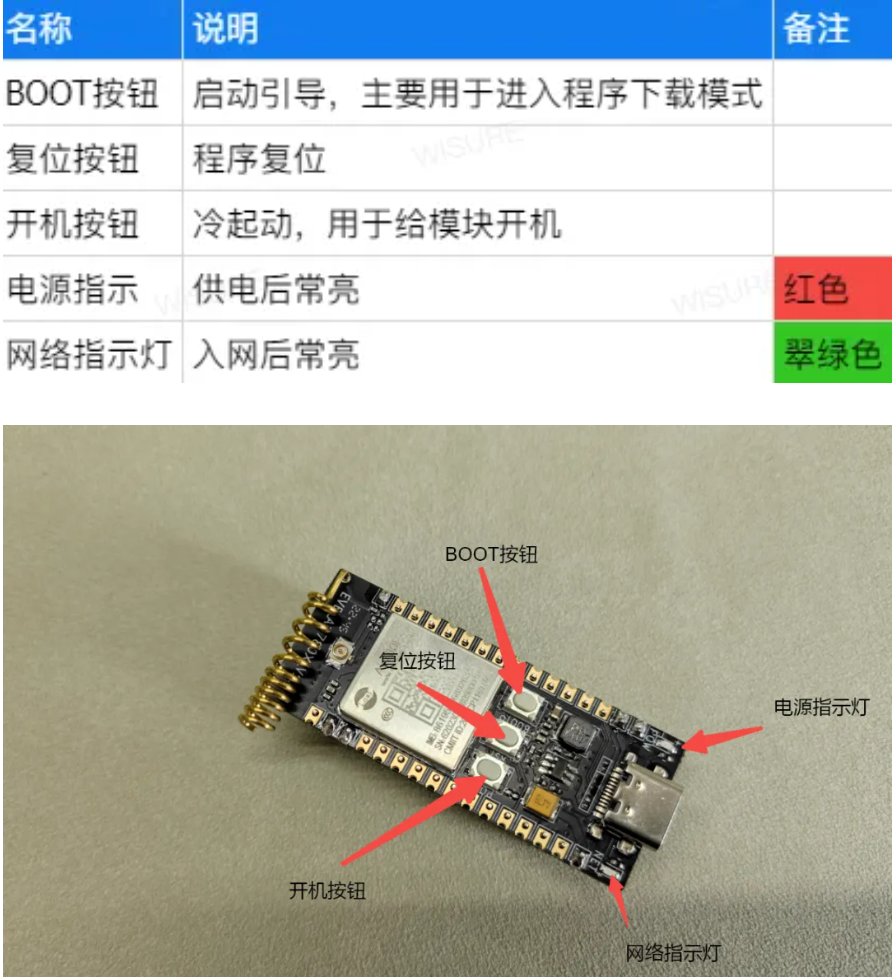1、使用 in 和 not in
in 和 not in 在 Python 中是很常用的關鍵字,我們將它們歸類為 成員運算符。
使用這兩個成員運算符,可以讓我們很直觀清晰地判斷一個對象是否在另一個對象中,示例如下:
>>> "llo" in "hello, python"
True
>>>
>>> "lol" in "hello, python"
False
2、使用 find 方法
使用 字符串 對象的 find 方法,如果有找到子串,就可以返回指定子串在字符串中的出現位置,如果沒有找到,就返回 -1
>>> "hello, python".find("llo") != -1
True
>>> "hello, python".find("lol") != -1
False
>>
3、使用 index 方法
字符串對象有一個 index 方法,可以返回指定子串在該字符串中第一次出現的索引,如果沒有找到會拋出異常,因此使用時需要注意捕獲。
def is_in(full_str, sub_str):
try:
full_str.index(sub_str)
return True
except ValueError:
return False
print(is_in("hello, python", "llo")) # True
print(is_in("hello, python", "lol")) # False
4、使用 count 方法
利用和 index 這種曲線救國的思路,同樣我們可以使用 count 的方法來判斷。
只要判斷結果大于 0 就說明子串存在于字符串中。
def is_in(full_str, sub_str):
return full_str.count(sub_str) > 0
print(is_in("hello, python", "llo")) # True
print(is_in("hello, python", "lol")) # False
5、通過魔法方法
在第一種方法中,我們使用 in 和 not in 判斷一個子串是否存在于另一個字符中,實際上當你使用 in 和 not in 時,Python 解釋器會先去檢查該對象是否有 __contains__ 魔法方法。
若有就執行它,若沒有,Python 就自動會迭代整個序列,只要找到了需要的一項就返回 True 。
示例如下;
>>> "hello, python".__contains__("llo")
True
>>> "hello, python".__contains__("lol")
False
這個用法與使用 in 和 not in 沒有區別,但不排除有人會特意寫成這樣來增加代碼的理解難度。
6、借助 operator
operator模塊是python中內置的操作符函數接口,它定義了一些算術和比較內置操作的函數。operator模塊是用c實現的,所以執行速度比 python 代碼快。
在 operator 中有一個方法 contains 可以很方便地判斷子串是否在字符串中。
>>> import operator
>>>
>>> operator.contains("hello, python", "llo")
True
>>> operator.contains("hello, python", "lol")
False
7、使用正則匹配
說到查找功能,那正則絕對可以說是專業的工具,多復雜的查找規則,都能滿足你。
對于判斷字符串是否存在于另一個字符串中的這個需求,使用正則簡直就是大材小用。
import re
def is_in(full_str, sub_str):
if re.findall(sub_str, full_str):
return True
else:
return False
print(is_in("hello, python", "llo")) # True
print(is_in("hello, python", "lol")) # False
審核編輯:湯梓紅
-
字符串
+關注
關注
1文章
590瀏覽量
22425 -
python
+關注
關注
56文章
4829瀏覽量
87113
發布評論請先 登錄




















評論